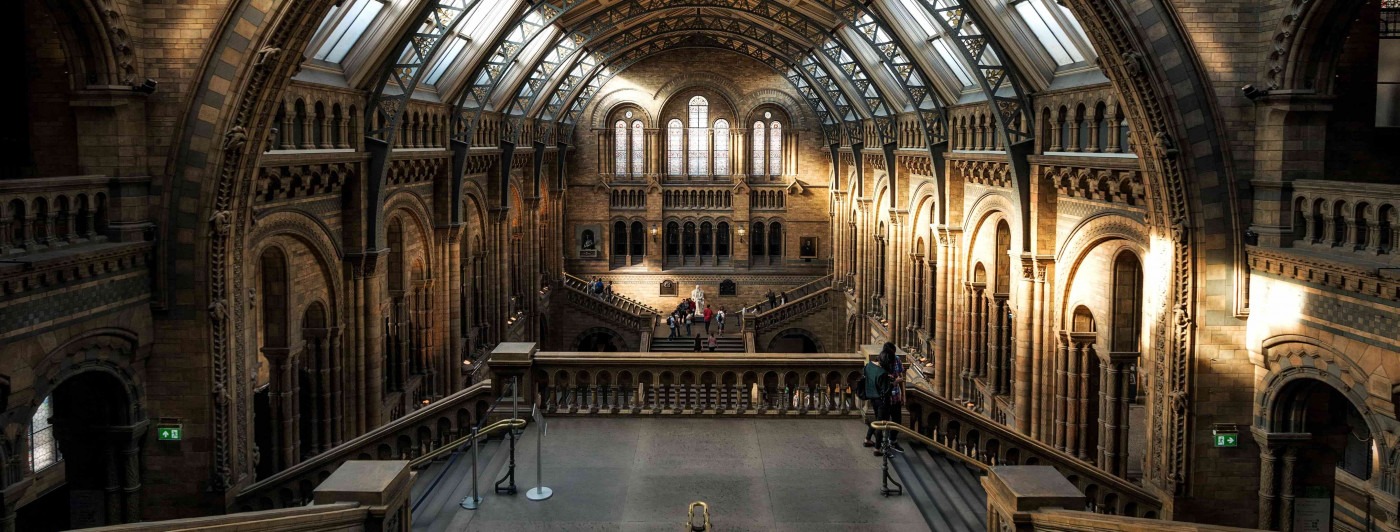Hi-tech gardens at Natural History Museum to track how wildlife reacts to climate
The Natural History Museum, in partnership with Amazon, are set to revolutionise environmental data and research in the UK.
Nature in the UK has been greatly disturbed by human activity, which has led to much discussion in the scientific community in recent years on how to solve this problem. Recently, animals such as the walrus are displaying disturbingly uncharacteristic habits, fueling a sense of urgency to investigate what is happening in our environment. The Natural History Museum has recognised the necessity to record these new findings in order to further understand the effects of the climate on our biodiversity.
Animals […] are displaying disturbingly uncharacteristic habits, fueling a sense of urgency to investigate what is happening in our environment.
The first action in this new plan is to devote five acres of the museum site to a cutting-edge garden turned data trap. The garden will feature sensors tracking data from temperature to sound, meaning not only will we understand more about the fauna with which we co-exist, but we will also learn more about why their habits are changing and what this could mean for the future. Even aside from the huge scientific potential this site holds, such a large area dedicated to nature will help protect and restore London’s wildlife. A great example of the desperate need for this area is the 71% decline in sparrow populations in the capitol in the past 2 decades. They have been flagged as a species in urgent need of protective action from officials. However, without research sites, there is little way of knowing what action is necessary to increase the sparrow population to its previous numbers. The plot will include natural woodland, wetland, meadows, and chalk grassland in order to observe as many species as possible. Bumblebees are of particular interest, with up to 20 variations being studied by scientists on the grounds. Dr John Tweddle, head of the Angela Marmont Centre for UK Biodiversity at the Natural History Museum revealed the museum’s scientists are “excited” to have the opportunity to “be at the cutting edge of ecology within and around our own site.”
We will also learn more about why their habits are changing and what this could mean for the future.
So, where does Amazon come in? Their AWS (Amazon Web Services) cloud is going to be used to cultivate a “data ecosystem” to streamline scientific environmental study in the UK. By gathering the data being curated by 350 scientists, a variety of findings can be viewed in a more streamlined fashion which will enable a more collaborative approach to ecology. Darren Hardman, vice-president and general manager for the UK and Ireland at AWS, stated that the “Cloud is an important enabler for this,” and that the data bank is “crucial” to a better understanding of the current state of UK biodiversity. In addition, with a more efficient system, it is hoped that research can be conducted more rapidly which will be pivotal in keeping up with the constant environmental changes. Whilst a museum may have previously been a way of nodding to archaic history, the Natural History Museum is embracing newer technologies to look towards the future with the guidance provided by Amazon.
Research can be conducted more rapidly which will be pivotal in keeping up with the constant environmental changes.
However, scientists and tech giants are not the only ones with a part to play. The Museum’s globally-recognised Community and Citizen Science Programme provides a floor for ordinary citizens to contribute to climate research and action. Communities, schools and individuals are all encouraged to collect data from their own surroundings. This expands the discovery potential of the Natural History Museum’s research massively because information can be collected from other habitats beyond the scope of their own five acres. By encouraging communities to partake in this project, the museum is fostering passion for nature in the general population, which is something currently sorely needed. Creating a space to collect data, gathering it in a synchronised fashion and testing reactions to changing climate would all still be futile without inspiring a willingness to respect nature.

Comments